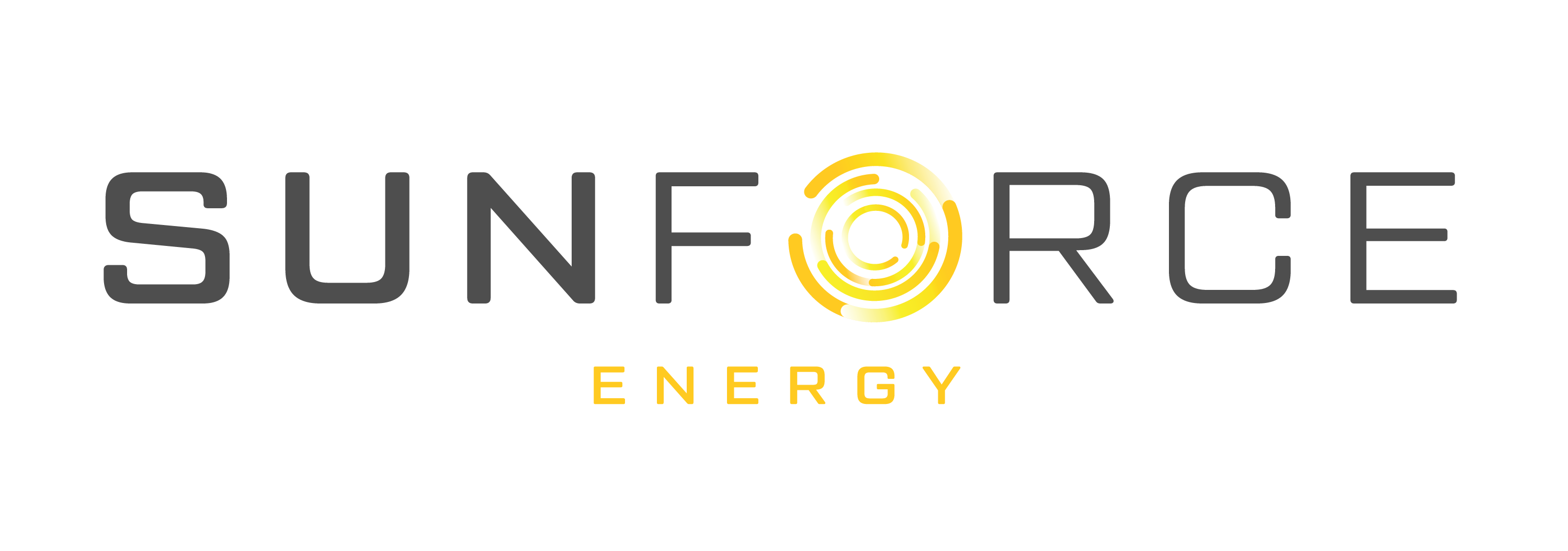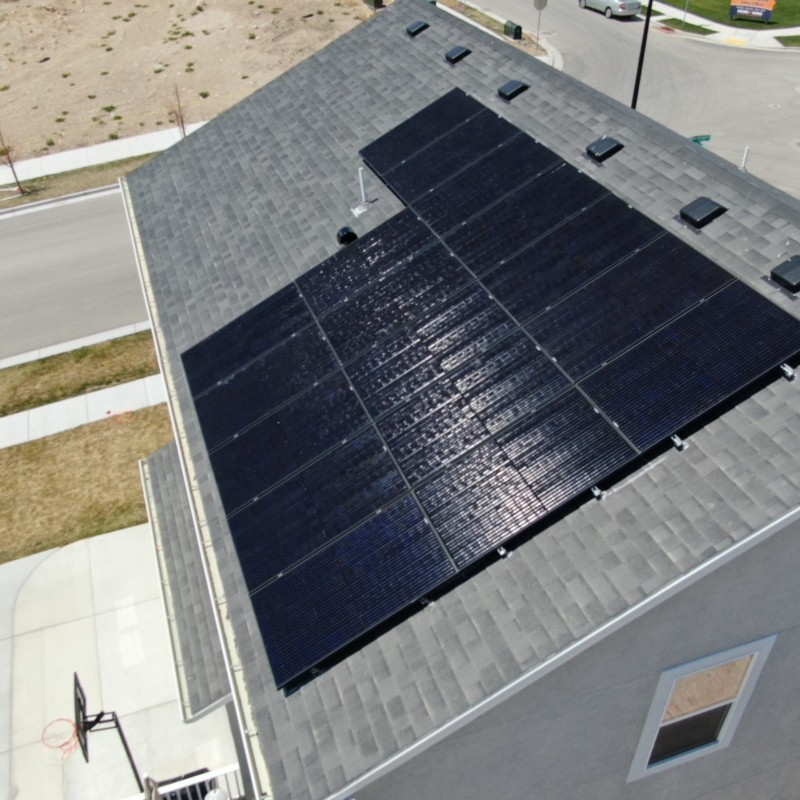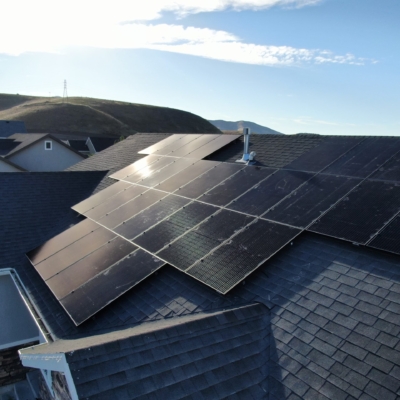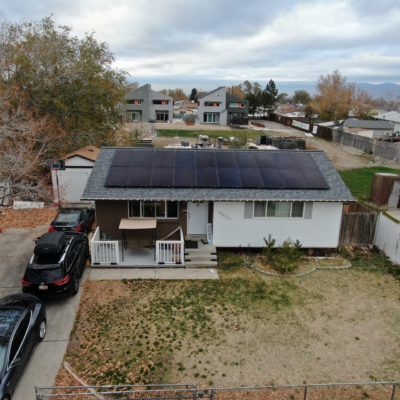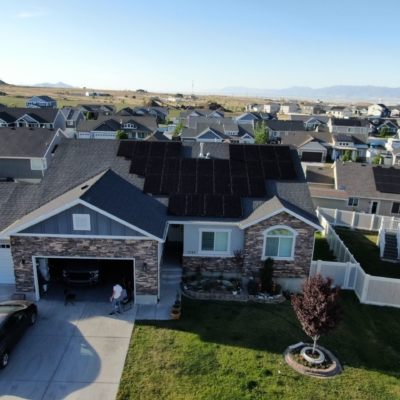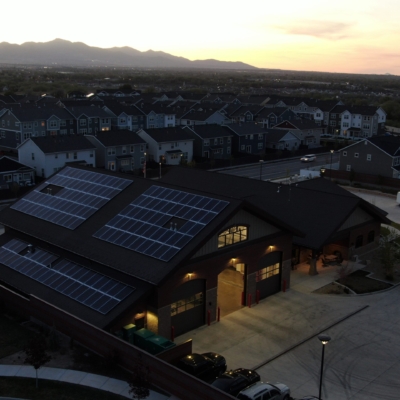Contact us
Need help?
Still on the fence? No problem! If there’s one subject we love to talk about, it’s solar! Contact us now and our team will be glad to answer all of your questions.
| FREQUENTLY ASKED QUESTIONS
At present, there are two primary types of solar panels: silicon solar panels, categorized into monocrystalline and polycrystalline based on silicon processing methods, and thin-film panels. At Reno Solar, we exclusively utilize industry-leading panels renowned for their durability. Our choice is Tier 1 black-on-black panels, ensuring a sleek, low-profile appearance on your roof.
Solar panels and their components are engineered to last at least 25-30 years, with many exceeding this lifespan. According to NREL, a solar panel can maintain 90% of its original energy output even after 20 years of use! At Reno Solar, we offer a solid investment with a 25-year equipment warranty and a 10-year workmanship warranty, ensuring reliability and peace of mind for your home.
Solar panels require very little to no maintenance throughout their lifespan. The glass, silicon, and metal components are designed to withstand various weather conditions such as scorching sun, rain, wind, hail, snow, and debris. The system has no moving parts, and the panels are sealed tightly to withstand the elements. Most modern panels come with a warranty covering material defects and guaranteeing energy production for 25 years.
However, occasional check-ups and light debris removal are beneficial. In winter, snow typically slides off the smooth surface of the panels.
When you install solar panels on your roof, you use the electricity they generate to offset your home’s energy needs. The panels are connected behind the electricity meter, with NV Energy tracking the solar energy produced and used by your home when sunlight isn’t available.
Did you know Northern Nevada enjoys an average of 300 sunny days per year? That means the sun shines on your solar panels about 82% of the time, making Nevada the second sunniest state in the U.S., after Arizona.
Here in Nevada, solar electricity generated by your home is credited to your utility account on a 1-to-1 basis through net metering. This means you save the full retail price for every kilowatt-hour of solar energy you use to offset your energy consumption.
Over the typical 25-year lifespan of a solar installation, the savings from such a system can amount to tens of thousands of dollars more than the initial cost, turning the purchase of solar panels into a long-term investment with energy bill savings acting like dividends.
Saving money now is more advantageous than waiting.
First, consider the incentives: The federal solar tax credit is currently at its peak of 30%, but it is set to phase out in a couple of years. For the average homeowner, this tax credit can mean savings upwards of $6,000 or more on residential solar installations. Leaving such a significant savings opportunity on the table isn’t advisable.
In several states, incentives are already dwindling. Unless you are specifically waiting for a new incentive program that may or may not materialize, now is the time to install solar panels.
Moreover, high current demand coupled with global economic challenges like inflation and supply chain disruptions are driving up the costs of national and imported materials. If you’re eyeing a good deal now, it’s prudent to secure it before prices potentially rise further.

